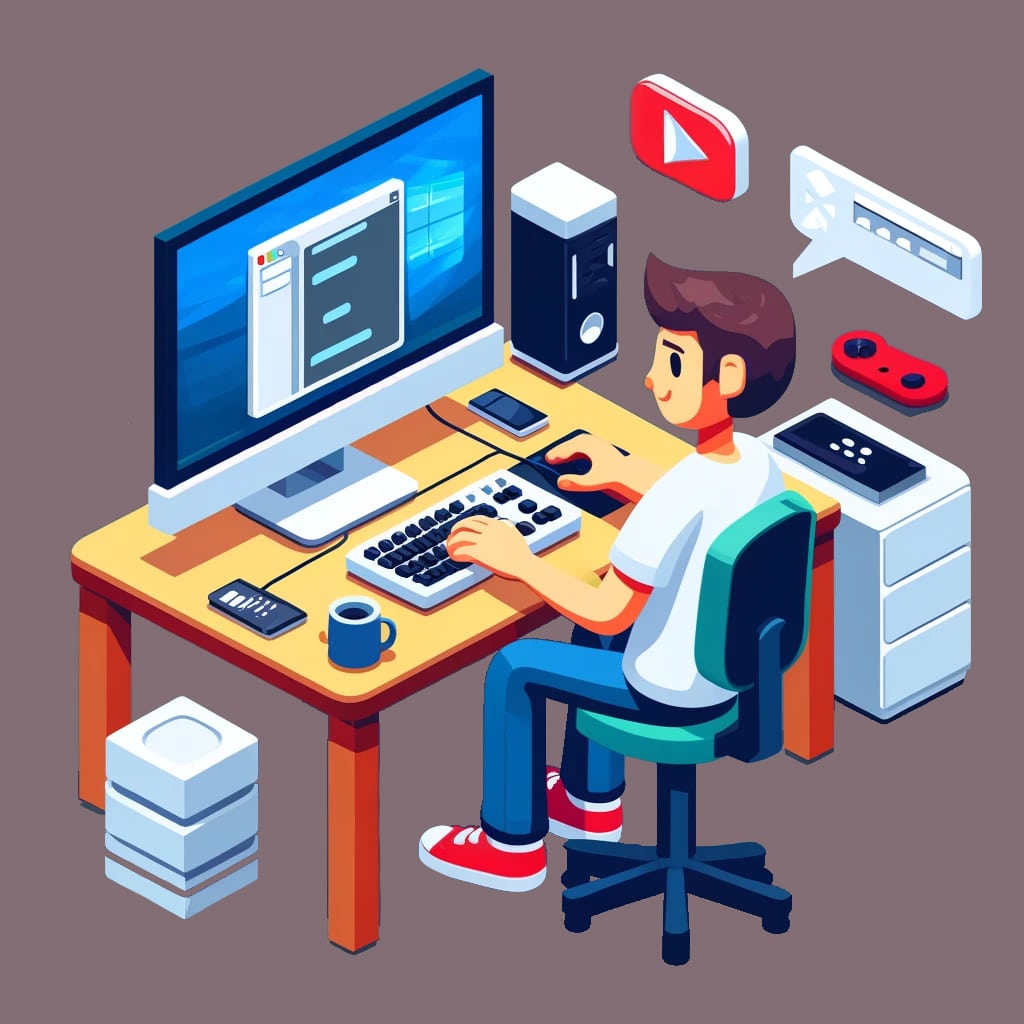In the rapidly evolving world of video game development, even seasoned developers and designers can fall prey to common pitfalls. Creating an engaging and satisfying game is no easy feat, and missteps in the process can lead to missed deadlines, budget overruns, and, ultimately, a product that fails to resonate with players.
To help you navigate the intricate landscape of game design and development, we’ve compiled a list of common mistakes to avoid. By steering clear of these common errors, you can enhance your chances of delivering a successful and beloved game.
1. Neglecting Pre-Production Planning
Mistake: Diving straight into development without thorough planning.
Why It’s a Problem
Pre-production is the foundation of a successful game. Skipping or rushing this phase can lead to more straightforward objectives, feature creep, and a lack of cohesive vision.
Solution
Invest adequate time in pre-production. Create detailed design documents, storyboards, and prototypes. Define your game’s core mechanics, style, and target audience. Solid planning will save time and resources during development and ensure your team is on the same page.
2. Overcomplicating Game Mechanics
Mistake: Designing overly complex mechanics that overwhelm players.
Why It’s a Problem
While innovation is crucial, overly intricate mechanics can alienate players, making your game less enjoyable and more complicated to master. This complexity can also lead to more bugs and development challenges.
Solution
Focus on simplicity and clarity. Test your mechanics rigorously to ensure they are intuitive and fun. Remember that sometimes, less is more. Consider starting with a simple core mechanic and gradually adding layers of complexity as needed.
3. Ignoring Player Feedback
Mistake: Failing to incorporate player feedback during development.
Why It’s a Problem
Player feedback is invaluable for identifying issues, understanding player preferences, and improving your game. Ignoring it can lead to a final product that disappoints your audience.
Solution
Engage with your community early and often. Gather feedback through playtesting sessions, surveys, and focus groups. Be open to constructive criticism and willing to make necessary adjustments. Remember, your players’ satisfaction is key to your game’s success.
4. Poor Project Management
Mistake: Lacking effective project management and organization.
Why It’s a Problem
Disorganized projects can result in missed deadlines, budget overruns, and team burnout. Poor management also leads to communication breakdowns, derailing the entire project.
Solution
Adopt a robust project management methodology, such as Agile or Scrum. Use project management tools like Trello, Asana, or Jira to keep tasks organized and track progress. Regularly communicate with your team to ensure everyone is aligned and address any issues promptly.
5. Underestimating the Importance of Art and Audio
Mistake: Focusing solely on gameplay and neglecting the quality of art and audio.
Why It’s a Problem
Visuals and audio play a significant role in a player’s overall experience. Poor-quality art and sound can detract from the most well-designed gameplay, leading to a lackluster experience.
Solution
Invest in talented artists and sound designers. Ensure your game’s visual and auditory elements complement its mechanics and narrative. Consistency in art style, high-quality sound effects, and music can elevate your game and create a more immersive experience.
6. Lack of Optimization
Mistake: Failing to optimize your game for various platforms and hardware.
Why It’s a Problem
Performance issues like lag, long loading times, and crashes can frustrate players and lead to negative reviews. A poorly optimized game can limit your audience, as it may run poorly on older devices or lower-end systems.
Solution
Optimize your game throughout the development process. Conduct performance testing on multiple devices and platforms. Use efficient coding practices and optimize assets to ensure smooth gameplay. Prioritize a stable frame rate and quick load times to enhance the player’s experience.
7. Skipping Marketing and Promotion
Mistake: Focusing solely on development and neglecting marketing efforts.
Why It’s a Problem
Even the best games can fail if no one knows about them. With effective marketing and promotion, your game may be able to reach its target audience and achieve commercial success.
Solution
Develop a comprehensive marketing strategy early in the project. Utilize social media, press releases, influencer partnerships, and community engagement to build anticipation and awareness. Create a compelling trailer and maintain an active online presence to keep potential players informed and excited.
8. Neglecting Post-Launch Support
Mistake: Abandoning the game after launch without providing ongoing support. Why It’s a Problem
Bugs, balance issues, and new content requests often arise after launch. Neglecting post-launch support can lead to player dissatisfaction and a decline in your game’s popularity.
Solution
Plan for post-launch support and updates. Monitor player feedback and address issues promptly. Regularly release patches, balance updates, and new content to keep the game fresh and engaging. Building a loyal player base requires ongoing commitment and support.
Conclusion
Avoiding these common mistakes can significantly improve your chances of creating a successful and well-received video game. By investing time in planning, listening to player feedback, managing your projects effectively, and focusing on quality in all aspects of development, you can confidently navigate the complexities of game design.
Remember, the game development journey is as rewarding as it is challenging. Stay committed to your vision, learn from your mistakes, and continuously seek to improve. Your dedication and passion will shine through in the final product, creating an experience that resonates with players and stands the test of time.


